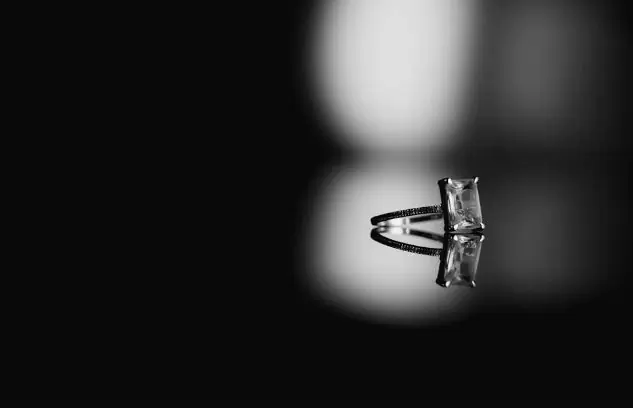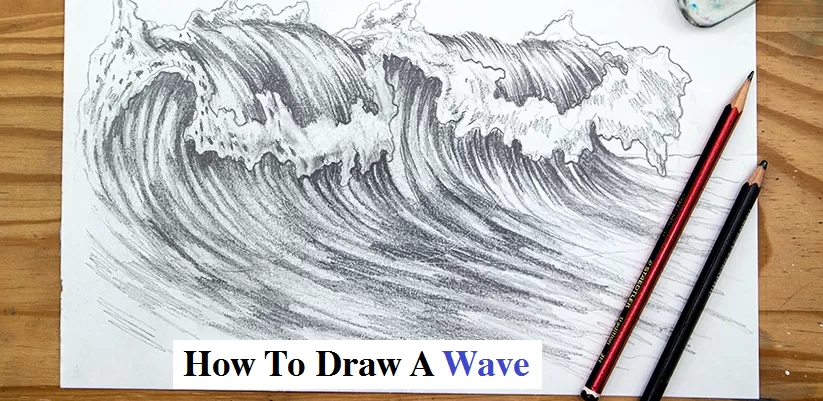How To Draw A Wave
A wave is a disturbance that travels through space and time, carrying energy from one place to another. Waves can take many forms, from the ripples on a pond caused by a skipping stone to the massive swells of an ocean storm. Regardless of their size or shape, waves are characterized by certain key features.
Firstly, waves have crests and troughs. The crest is the highest point of the wave above its average level, while the trough is the lowest point below its average level. These peaks and valleys give waves their distinctive look.
Secondly, waves have wavelengths and amplitudes. The wavelength is the distance between two consecutive crests or troughs, while amplitude refers to how much energy a wave carries. Larger amplitudes mean bigger waves with more energy.
To draw a wave accurately, you must consider all these elements: crest, trough, wavelength and amplitude. Understanding what makes up a wave visually makes it easier for you as an artist to create realistic representations of this natural phenomenon in your artwork.
How to draw ocean
Drawing an ocean wave can be a challenging but rewarding experience. Start by sketching out the shape of the wave using light pencil strokes. Remember that waves are imperfect, so don’t worry about making them look exactly like a photograph. Add more detail to your sketch by including foam and spray around the base of the wave.
Next, use darker pencil strokes or ink to outline your drawing and add shading to create depth and definition. Be sure to vary your line thickness to mimic the natural movement of water. Pay attention to where shadows fall on the waves and adjust accordingly.
Finally, add color using paint or colored pencils, focusing on shades of blue and green with hints of white for foam and spray. Remember that practice makes perfect, so experiment with different techniques until you find what works best for you!
How to draw water
Drawing water can be tricky, especially when you’re trying to depict a wave. To draw a wave realistically, start by sketching the outline of the crest and trough using light pencil strokes. After that, add some depth to your drawing by creating shading along the wave’s underside.
Next, draw in some details like foam and spray around the edges of your wave to give it a more realistic look. Don’t forget to include any reflections or shadows on nearby objects for added depth.
If you want your drawing to pop, try using shades of blue and green for the water and white for the foam. Finally, use an eraser to clean up stray lines or smudges before adding finishing touches like highlights or texture lines.
With practice and patience, anyone can learn how to draw water – even waves! Keep experimenting with different techniques until you find one that works best.
What are some techniques for drawing a wave?
Drawing a wave can be challenging, but it can become an easy task with the right techniques. One technique starts by drawing a horizontal line for the horizon and then two curved lines that meet at a point on the horizon line. You can add more curves and details from there to create the desired wave shape. Another technique is using reference images or wave videos to study their shapes and movements. It will help you understand how different wave types look and interact.
Another useful technique is to pay attention to the direction of light when shading your wave drawing. Waves are three-dimensional objects, so creating depth and dimensionality through shading is important. Darker areas should be where shadows fall, while lighter areas should represent highlights reflecting off the water’s surface. With these techniques, anyone can learn how to draw a realistic-looking wave that captures its natural movement and beauty.
In conclusion, drawing waves requires careful observation of their shapes, movements, and lighting conditions and incorporating those observations into your artwork effectively. By practising these techniques regularly and experimenting with different styles or mediums, such as color pencils or digital art software like Procreate on an iPad Pro device, you will soon become skilled in creating beautiful wave drawings that accurately capture their essence.
FAQs
What materials do I need to draw a wave?
To draw a wave, you will need a sheet of paper, a pencil or pen, and an eraser. You can also use colored pencils or markers to add color to your drawing.
How do I start drawing a wave?
Start by sketching the basic shape of the wave using light lines. You can add more details, such as the foam and water splashing around the wave. Use reference images or videos of waves in motion to guide your drawing.
Can I draw different types of waves?
Yes! Waves come in different shapes and sizes depending on wind speed, direction, ocean depth, and shoreline features. Experiment with different types of waves to create unique drawings.
Remember that practice makes perfect when it comes to drawing waves. Don’t be afraid to make mistakes; keep trying until you achieve the desired result.










